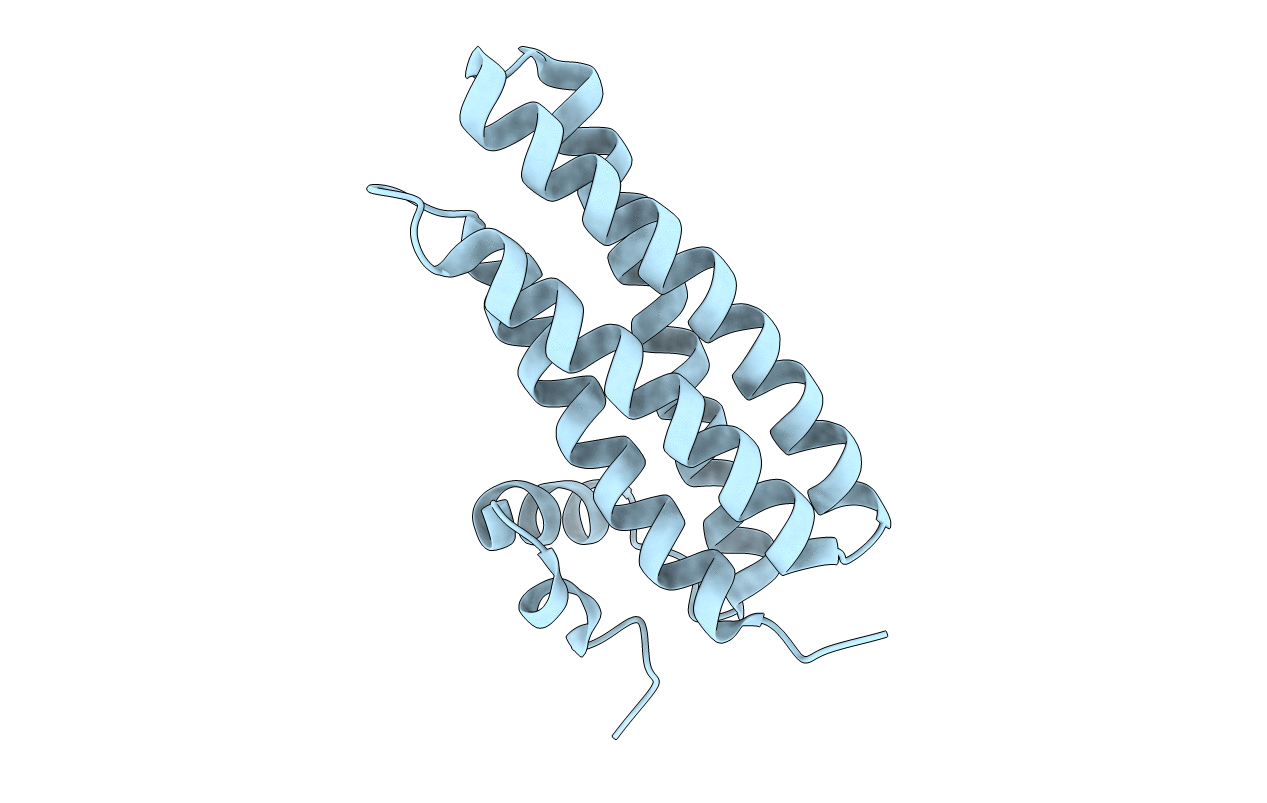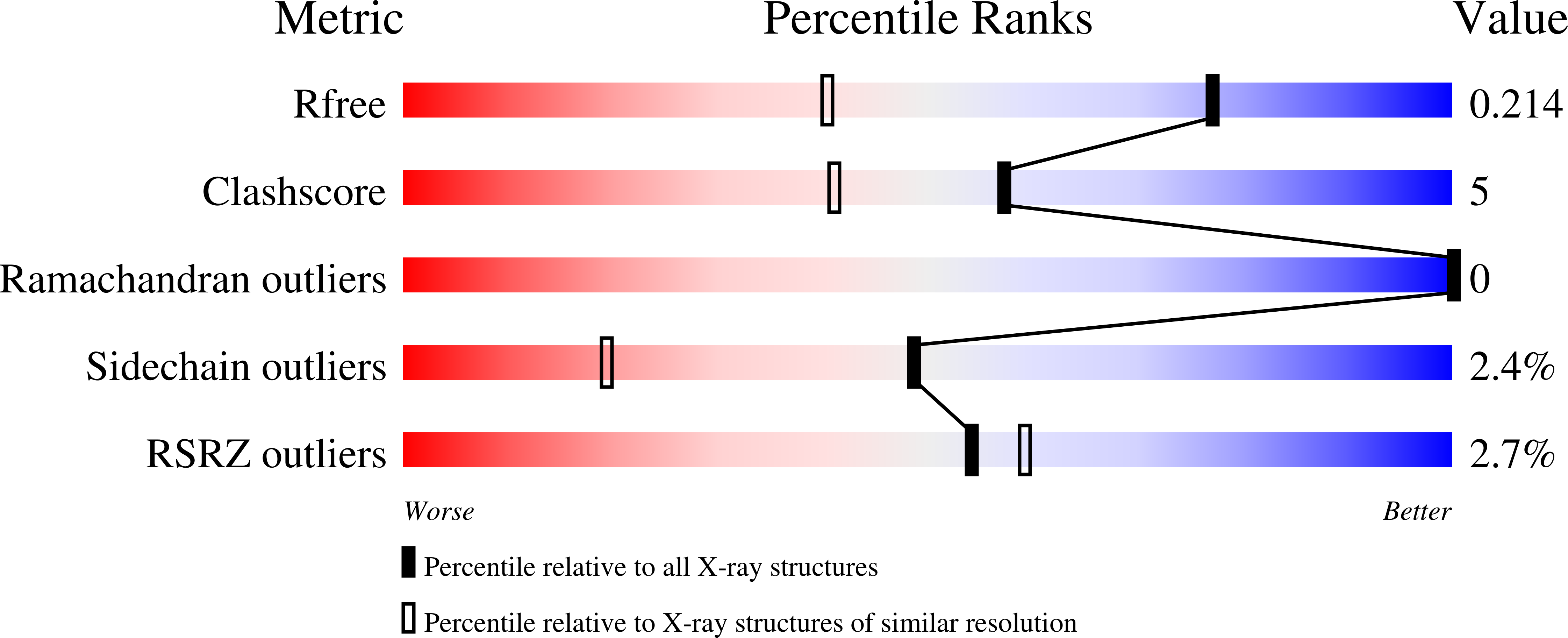
Deposition Date
2004-08-19
Release Date
2004-12-28
Last Version Date
2024-11-20
Entry Detail
PDB ID:
1X91
Keywords:
Title:
Crystal structure of mutant form A of a pectin methylesterase inhibitor from Arabidopsis
Biological Source:
Source Organism:
Arabidopsis thaliana (Taxon ID: 3702)
Host Organism:
Method Details:
Experimental Method:
Resolution:
1.50 Å
R-Value Free:
0.20
R-Value Work:
0.18
R-Value Observed:
0.18
Space Group:
C 1 2 1


